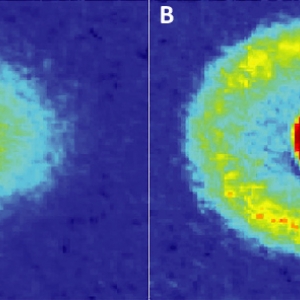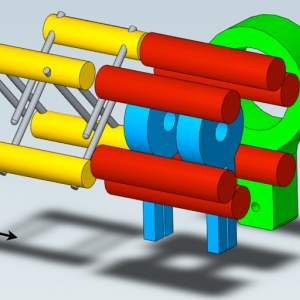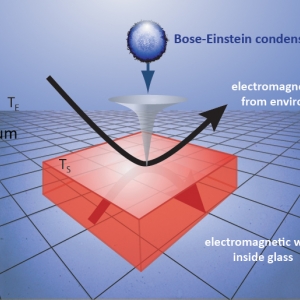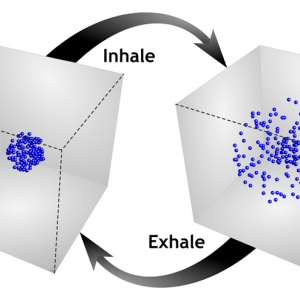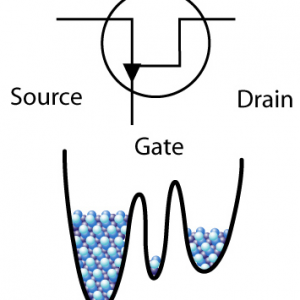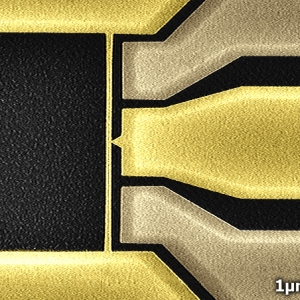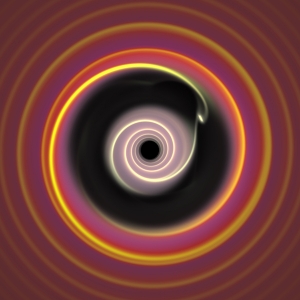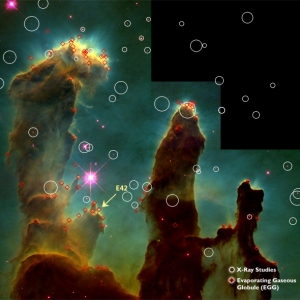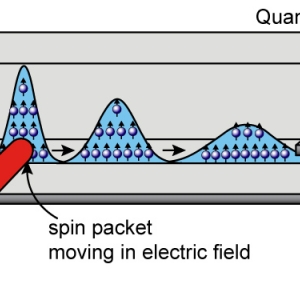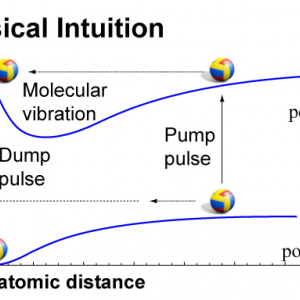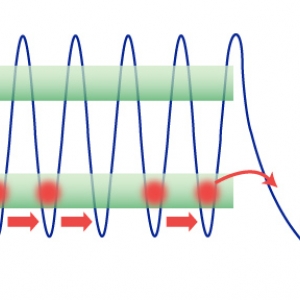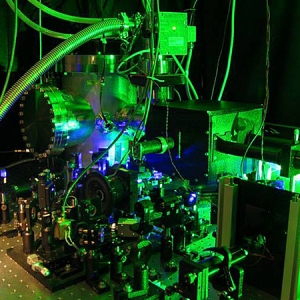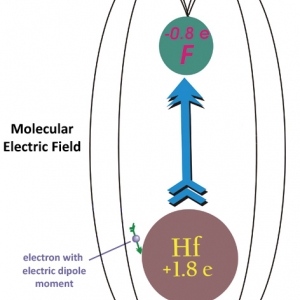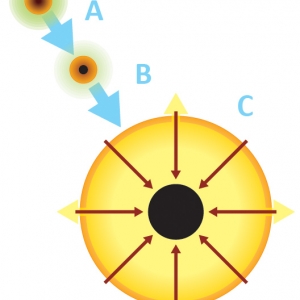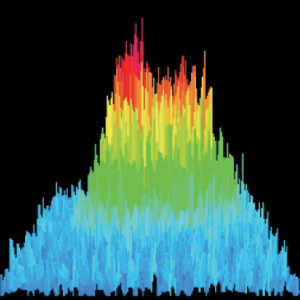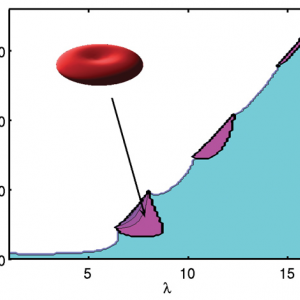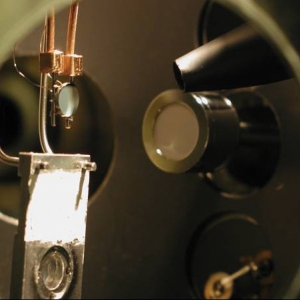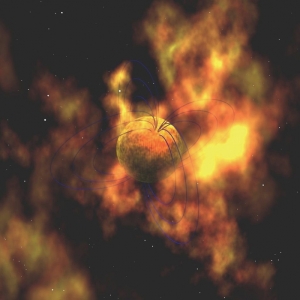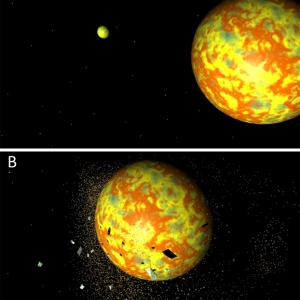Research Highlights
Displaying 441 - 460 of 507
Atomic & Molecular Physics
The Second Wave
PI(s):
Deborah Jin | John Bohn
Atomic & Molecular Physics
Exploring a Cold New World
PI(s):
Chris Greene | John Bohn | Jun Ye
Atomic & Molecular Physics | Nanoscience | Precision Measurement
Warm Side of the Force
PI(s):
Eric Cornell
Atomic & Molecular Physics
Deep Sea Diving
PI(s):
Chris Greene
Atomic & Molecular Physics | Precision Measurement
The World's Coldest Transistor
PI(s):
Dana Anderson
Nanoscience | Precision Measurement
Tunnel Vision
PI(s):
Konrad Lehnert
Astrophysics
Jupiter Dust Filtration System
PI(s):
Phil Armitage
Astrophysics
Born in a Blowtorch
PI(s):
Jeffrey Linsky
Atomic & Molecular Physics
Spin City
PI(s):
Steven Cundiff
Atomic & Molecular Physics
Ultimate Relaxation Experience
PI(s):
John Bohn
Atomic & Molecular Physics
JILA Physicists Investigating Atomtronics
PI(s):
Dana Anderson
Nanoscience
Imaging the Nanoworld
PI(s):
David Nesbitt
Atomic & Molecular Physics
Running Backwards
PI(s):
Eric Cornell | John Bohn
Astrophysics
Seeds of Creation
PI(s):
Mitch Begelman
Atomic & Molecular Physics
Molecule Magic
PI(s):
Carl Wieman
Atomic & Molecular Physics
BEC Pancakes
PI(s):
John Bohn
Laser Physics
The South Broadway Shootout
PI(s):
Jun Ye
Laser Physics
Team Photon
PI(s):
Henry Kapteyn | Margaret Murnane
Atomic & Molecular Physics
Universal Attractions
PI(s):
Deborah Jin
Astrophysics
Planetary Shakeup
PI(s):
Phil Armitage




